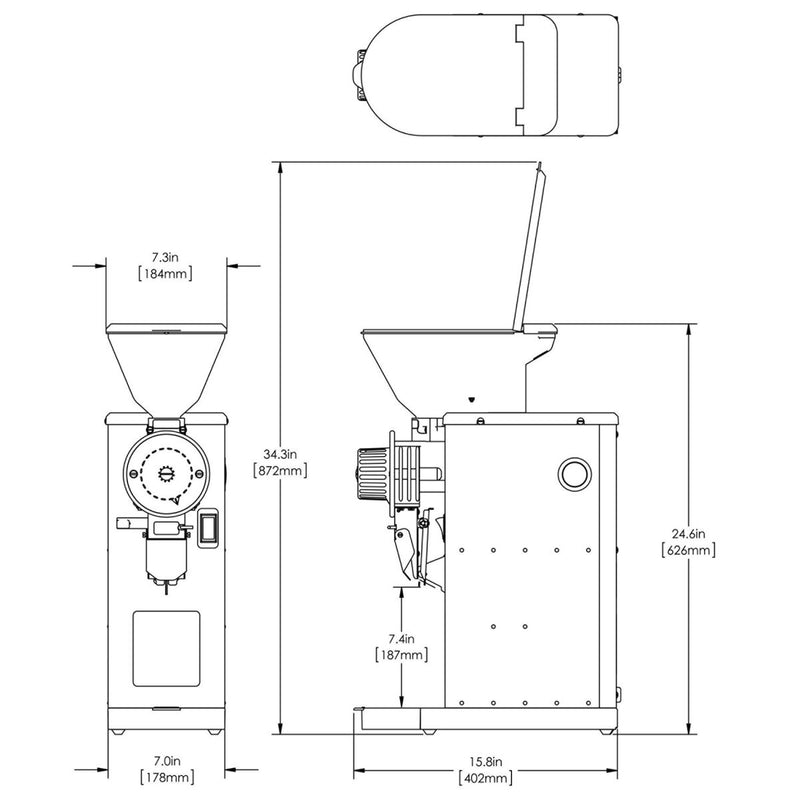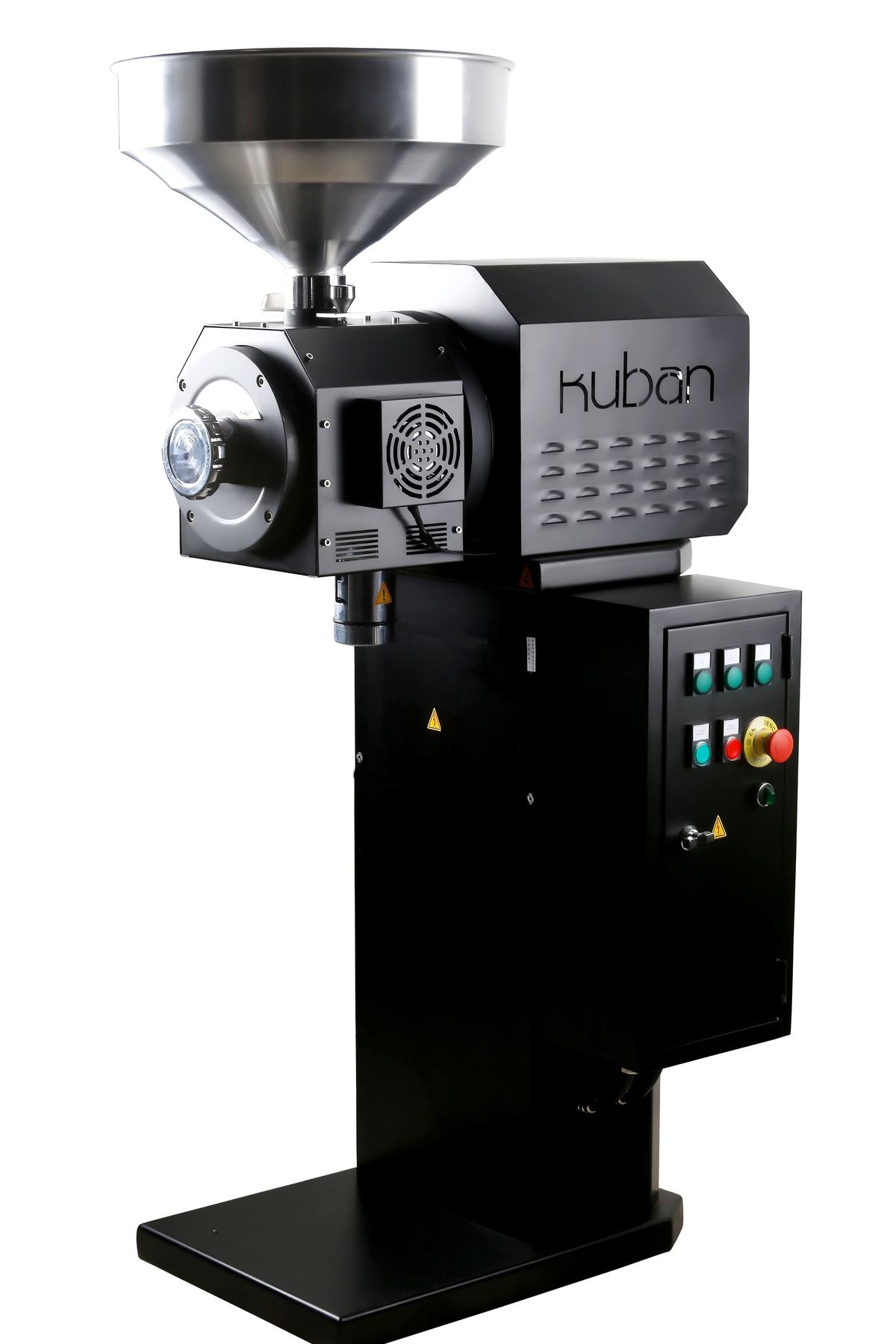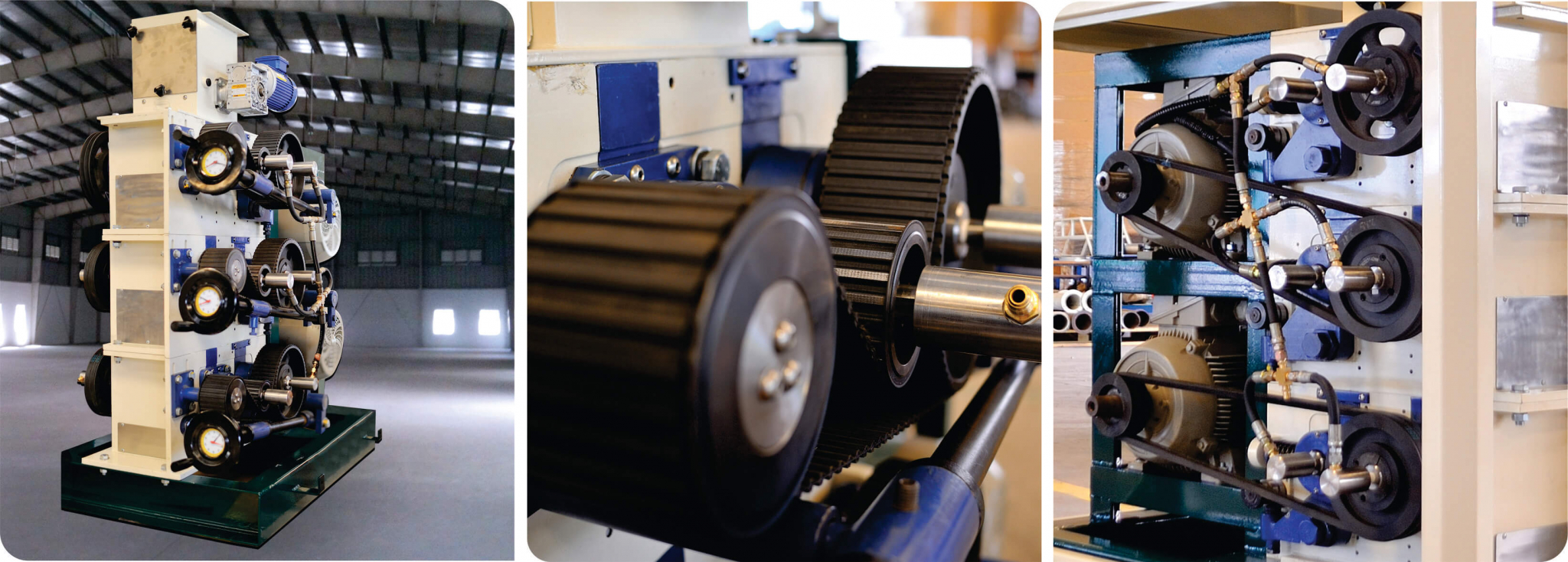Industrial Coffee Grinder: Pros, Cons, and Features to Consider
Industrial Coffee Grinder: Pros, Cons, and Features to Consider
Blog Article
How to Pick the Perfect Industrial Coffee Mill for Your Business
Selecting the optimal commercial coffee mill for your company is a diverse choice that requires careful consideration of a number of critical elements. Furthermore, recognizing the numerous types of grinders offered can dramatically affect your operational efficiency.
Assess Your Grinding Requirements
When choosing a commercial coffee grinder, one should initially analyze their grinding requirements to make sure optimum performance and uniformity. This initial evaluation includes recognizing the quantity of coffee to be refined daily, as well as the desired grind size for various brewing methods. A high-capacity grinder may be required for companies serving big quantities of coffee, while smaller operations may discover a much more small design adequate.
Moreover, it is vital to take into consideration the kinds of coffee beans being made use of, as different beans might need certain grinding methods to achieve the very best flavor account. Oily beans may require a grinder made to manage such attributes without clumping or overheating.
Specialized coffee companies usually demand exact work sizes to improve removal and taste, making it important to select a mill that can deliver uniform results. Reviewing the available area and electric needs will help in choosing a mill that fits flawlessly into your functional operations.
Understand Mill Kind
Understanding the different kinds of commercial coffee mills is crucial for making an informed choice that satisfies certain functional needs. There are primarily two categories of grinders: blade grinders and burr grinders.
Blade grinders use rotating blades to slice the coffee beans, leading to an irregular work dimension - Industrial Coffee Grinder. While they might be a lot more budget-friendly, they are usually not ideal for business applications where accuracy is crucial
On the various other hand, burr mills give an extra consistent work by crushing the beans between two surfaces. They can be further classified right into level burr and cone-shaped burr grinders. Flat burr mills offer a consistent grind dimension and are typically preferred for coffee prep work, while conelike burr mills are flexible and can manage a variety of mixture techniques, from coffee to French press.
When picking a mill, take into consideration the specific demands of your company, including desired work consistency, manufacturing volume, and the sorts of coffee drinks you plan to use - Industrial Coffee Grinder. Each mill type has its restrictions and advantages, so recognizing these subtleties enables educated decision-making that straightens with operational goals
Evaluate Grind Dimension Consistency
Achieving work size uniformity is necessary for creating high-quality coffee, as variants in bit dimension can substantially impact removal and flavor. When picking an industrial coffee mill, it is important to evaluate just how well the device keeps uniformity in work size throughout various batches. Irregular grind dimensions can lead to unequal removal, causing a cup that may taste weak or excessively bitter.
To analyze grind dimension uniformity, think about mills with features such as adjustable work setups and premium burrs. Burr mills, in particular, stand out in generating uniform bit dimensions compared to blade grinders. The product and form of the burrs play an important function, with stainless-steel and ceramic options offering longevity and precision.

Take Into Consideration Manufacturing Ability
In the busy globe of coffee manufacturing, considering production capacity is critical for services intending to fulfill need site link without giving up top quality. The manufacturing ability of a commercial coffee mill straight affects a business's capability to satisfy orders effectively, handle stock, and react to varying market trends.
When evaluating production capacity, it is important to evaluate the mill's result price, normally determined in pounds per hour. This measurement needs to straighten with your service's forecasted sales volume and development targets. A coffee shop with a high turnover might need a grinder that can process numerous hundred pounds daily, while a smaller sized procedure might be adequate with a lower capability version.
In addition, consider the kind of coffee being processed. Various beans and blends may influence grinding speed and efficiency, requiring a grinder efficient in dealing with varied production needs. It's likewise worth factoring in the mill's ability to preserve consistent high quality under high output problems, as any changes can affect the last item.
Eventually, picking a grinder that matches your organization's production ability will ensure you continue to be competitive weblink and responsive to consumer expectations.

Budget and Upkeep Elements
When assessing the appropriate industrial coffee mill, budget and maintenance variables play a significant function in the total decision-making process. Our site An initial investment in a top notch mill can yield long-term benefits, however it's necessary to develop a clear budget that aligns with your company's operational requirements. Think about both the purchase cost and prospective functional expenses, such as power usage and replacement parts.
Upkeep is another important aspect that can influence your budget. Industrial coffee mills require routine maintenance to make certain optimal performance and durability. Evaluate the producer's referrals for upkeep, consisting of cleansing schedules and parts replacement, as these will certainly affect long-lasting functional prices. Additionally, consider the availability of service and support, as reputable help can minimize downtime and repair work expenses.

Buying a mill that is resilient yet easy to preserve can conserve money gradually. While lower-priced alternatives might be alluring, they might incur greater maintenance costs and lowered efficiency. Eventually, stabilizing first expenses with long-term maintenance and operational efficiency will certainly direct you to the ideal choice for your service's coffee grinding requirements.
Conclusion
Choosing the ideal commercial coffee grinder requires a thorough assessment of grinding requirements, grinder types, grind dimension consistency, manufacturing ability, and financial considerations. By prioritizing these factors, services can make certain the procurement of a dependable, effective grinder that fulfills specific operational demands. An appropriate mill not just boosts the quality of the coffee produced yet also adds to the general success and success of the business. Lasting efficiency and maintenance convenience need to stay central to the decision-making procedure.
Specialty coffee companies commonly require exact grind sizes to improve extraction and flavor, making it crucial to pick a mill that can provide consistent results. Apartment burr grinders use a constant work dimension and are usually preferred for espresso preparation, while conical burr mills are flexible and can take care of a range of brew techniques, from coffee to French press.
When picking a commercial coffee mill, it is crucial to evaluate how well the device maintains harmony in grind dimension across various sets. Burr mills, in certain, stand out in producing uniform fragment sizes contrasted to blade mills.Choosing the excellent industrial coffee mill demands a thorough examination of grinding requirements, grinder types, grind dimension uniformity, production capability, and budgetary factors to consider.
Report this page